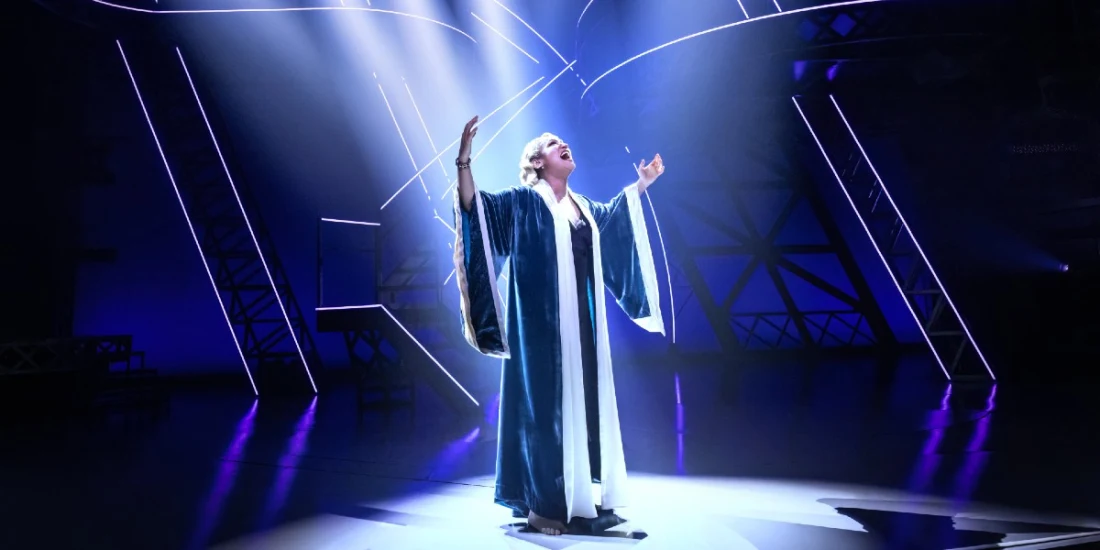The real history behind 'Lempicka' on Broadway
Learn about trailblazing Polish painter Tamara de Lempicka and the major characters, art movements, history, and paintings depicted in the new musical.
"If she'd have been a man, she'd be Picasso right now."
So said Beth Leavel, a cast member of the new Broadway musical Lempicka, about the artist who gives the show its name. Not just because Tamara de Lempicka has commonalities with the Spaniard — they were contemporaries, they both created Cubist art — but because she was an equal talent in her own right. Most people just don't know it.
When her career, primarily as a portraitist of aristocrats, took off in the 1910s and '20s, there weren't many high-profile female artists. Lempicka wasn't perfect, but she paved the way for future women in art while being a mother, exploring her bisexuality, and traveling the world amid numerous societal changes, including a world war and the rise of new art movements.
"She's an incredibly rich and wonderful and wild and human person,” said Carson Kreitzer, who co-wrote the Lempicka musical with Matt Gould, and who specializes in writing women back into history. "The ways she has to navigate the world as a woman artist specifically are particularly fascinating to me. All she wanted is what any male artist absolutely takes for granted: to have a wife and a home life and a mistress — or mistresses."
Before seeing Lempicka unfold on Broadway, brush up on the world she lived in, the historical figures featured in the show, and Lempicka's art. Maybe you've seen it without even knowing it.
Explore Lempicka's worlds
Lempicka went from riches to rags and back again as she moved between countries and communities; namely, wartime Russia and high-society France. Learn more about the political, artistic, and societal movements that shaped Lempicka's life and art as depicted in the musical.
The Russian Revolution and World War I
Lempicka lived through two overlapping times of war and chaos. World War I went from 1914-18, and it led to the creation of multiple modern-day countries as it ended the Russian, German, Austro-Hungarian, and Ottoman Empires. The Russian Revolution went from 1917-23 and resulted in the change of the Russian government from a monarchy to socialist rule.
The Bolshevik Revolution comes up more prominently in the Lempicka musical. The opening number depicts the Bolsheviks' arrest of Lempicka's aristocratic husband and her rescue of him. The following number takes place on a train, on which Lempicka and Tadeusz escape to Paris with their infant daughter and contemplate an uncertain future.
20th-century art movements
Lempicka first trained in Cubism, Fauvism (a painterly French art style), and abstract art under teachers André Lhote and Maurice Denis. One of Denis's teachings — "A picture, before being a battle horse, a female nude, or some sort of anecdote, is essentially a flat surface covered with colors assembled in a certain order" — inspired a lyric in the Lempicka song "Woman Is": "A painting is not a woman, or a war horse, or a glittering sky. A painting is canvas, pigment, plan, and design."
Lempicka is most famous, however, for her work in the Art Deco style. Symbolic of luxury and social progress, Art Deco appears in everything from skyscrapers to boats to furniture, making it a hard style to define simply. In paintings, Art Deco exhibits the sharp geometry of Cubism and the bright colors of Fauvism. Lempicka's work is no exception.
Another notable movement in Lempicka's time was Futurism, which championed technological and industrial progress along with war. There was Futurist art, too, which was abstract and influenced by cubism. Futurist art often depicted cityscapes, battle scenes, and subjects in motion.
However, the Futurist movement became linked with fascism when its founder, Filippo Tommaso Marinetti, voiced his support for it and other Futurists followed suit. Futurism largely fizzled out by the end of World War I, but Lempicka came into contact with it while in Paris. She and Marinetti ran in the same high-society social circles.

Meet the Lempicka characters
All the major characters in Lempicka were real-life people in the artist's personal and professional life. Learn a little about each of them below, including fun facts from the cast members who play them. All the pictures in the below section, besides of Filippo Tommaso Marinetti, are Lempicka's paintings of the characters.
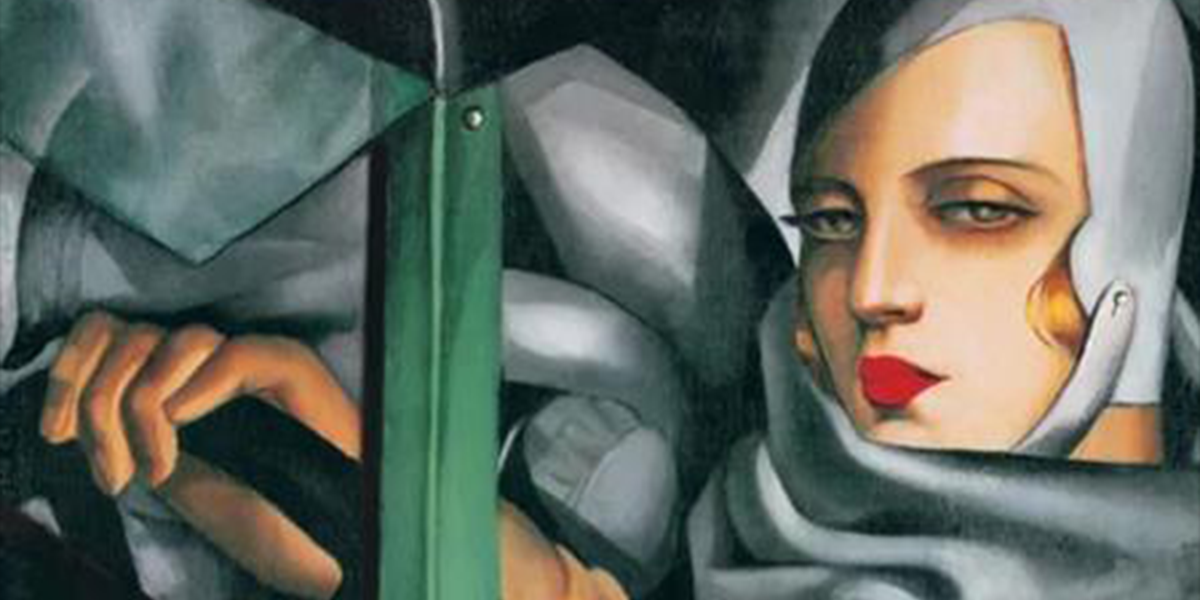
Tamara de Lempicka
Lempicka was a celebrated, high-class female artist in a time when those were few and far between. Working in various art styles, she revolutionized the way women existed in art — on and off the canvas.
"There's a wonderful quote from her in some magazine interview: 'At the time, I had no ambition to become a painter. I discovered to my surprise that I had some skill.' Which is such bullshit!" Kreitzer said with a laugh. Lempicka certainly had ambition.
"But she knew how to get her foot in the door," Kreitzer continued. "She was the Madonna of her time. She had that canny ability to see the way women are perceived, to see what is possible and what is not possible, and to click [herself] into a place that [she was] not supposed to be — and then a higher place."
Historical facts: "She wanted to live like a man. She saw this world [where] she was a woman amongst men, and she [thought], 'Why can't I have all these things that everyone has?'" - Eden Espinosa (Tamara de Lempicka)
"[Her family] all called her 'cherie' because she did not want to be called 'mother' or 'grandmother.'" - Kreitzer
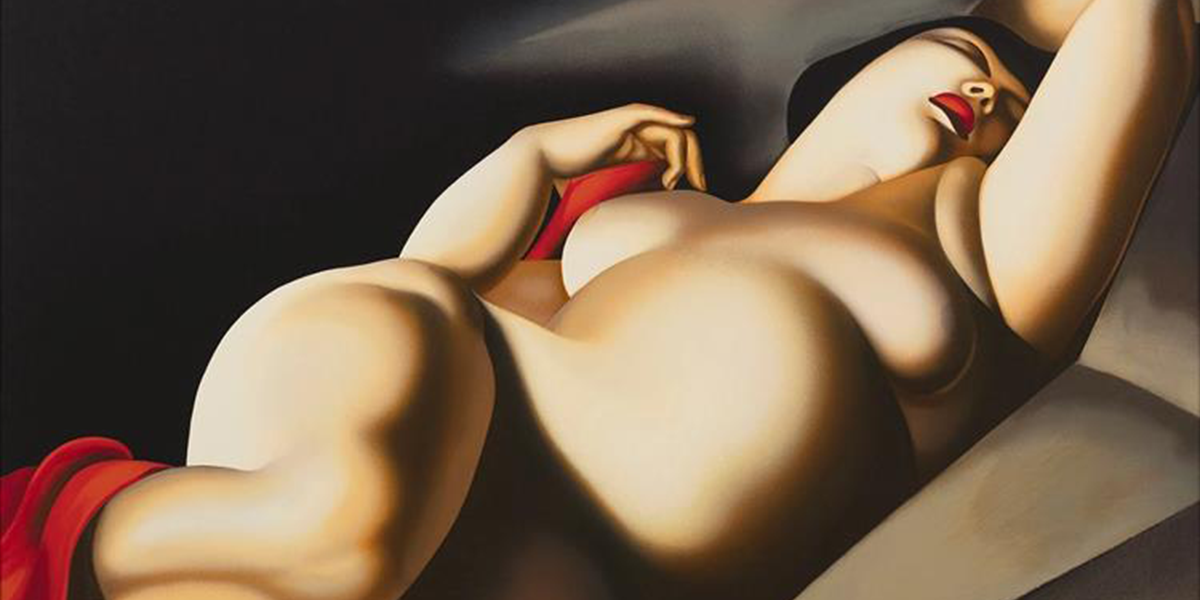
Rafaela
Little is known about Rafaela besides that she was "born in a whorehouse," as actor Amber Iman shared, and eventually went into prostitution herself. Later, Rafaela repeatedly modeled for Lempicka and, as dramatized in the musical, likely became her lover.
Historical fact: "Tamara met Rafaela and, in a year, painted seven portraits of her." - Amber Iman (Rafaela)
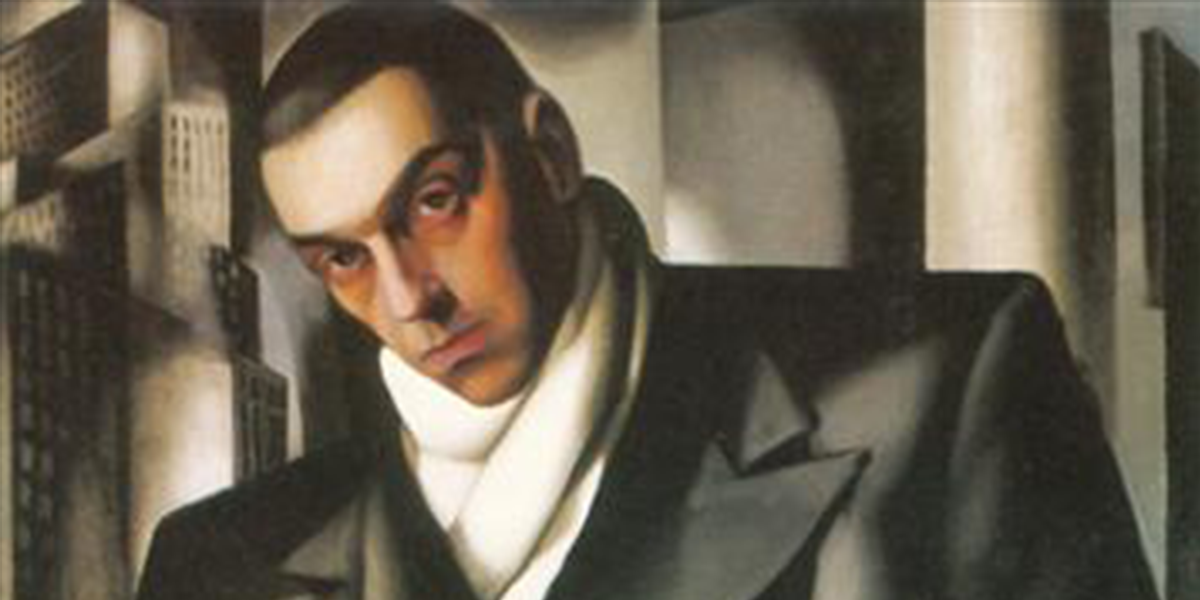
Tadeusz Lempicki
Tadeusz (pronounced "tah-day-oosh") Lempicki is Lempicka's first husband. Once an aristocratic Polish lawyer living in Russia with Lempicka, he was arrested during the Bolshevik Revolution, forcing his and Lempicka's escape to Paris with nothing to their names. Then, more political upheaval and Lempicka's lovers complicated their marriage at every turn.
Historical fact: "I have met Lempicka's great-granddaughter. One time at the bar, we were all hanging out and she said, 'Lempicka always told me Tadeusz was the real love of her life.' I don't know if she was just saying that to make me feel better!" - Andrew Samonsky (Tadeusz)
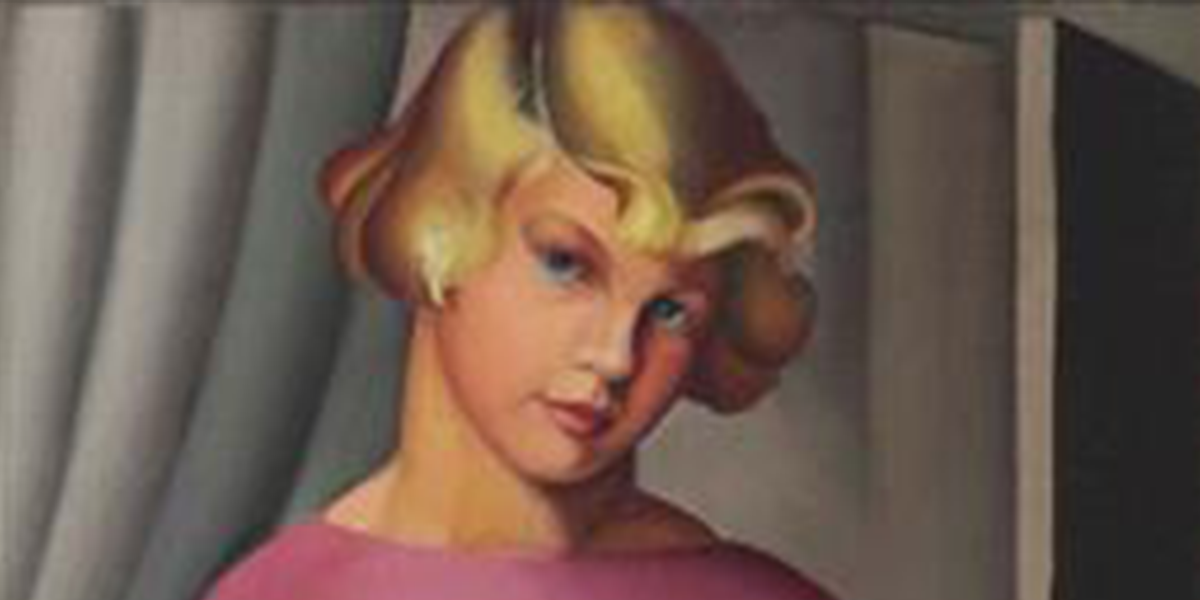
Kizette de Lempicka-Foxhall
Kizette de Lempicka-Foxhall is Lempicka's only daughter, who eventually grew up to write a biography of her mother in 1986. The Lempicka musical takes place during Kizette's childhood, characterized by frequent tension and estrangement from her mother. She was, however, the subject of many of her mother's paintings, including the early works that got Lempicka noticed in the art community.
Historical fact: "Tamara didn't show her love with physical affection, but by painting her [and taking her] on extravagant vacations." - Zoe Glick (Kizette)
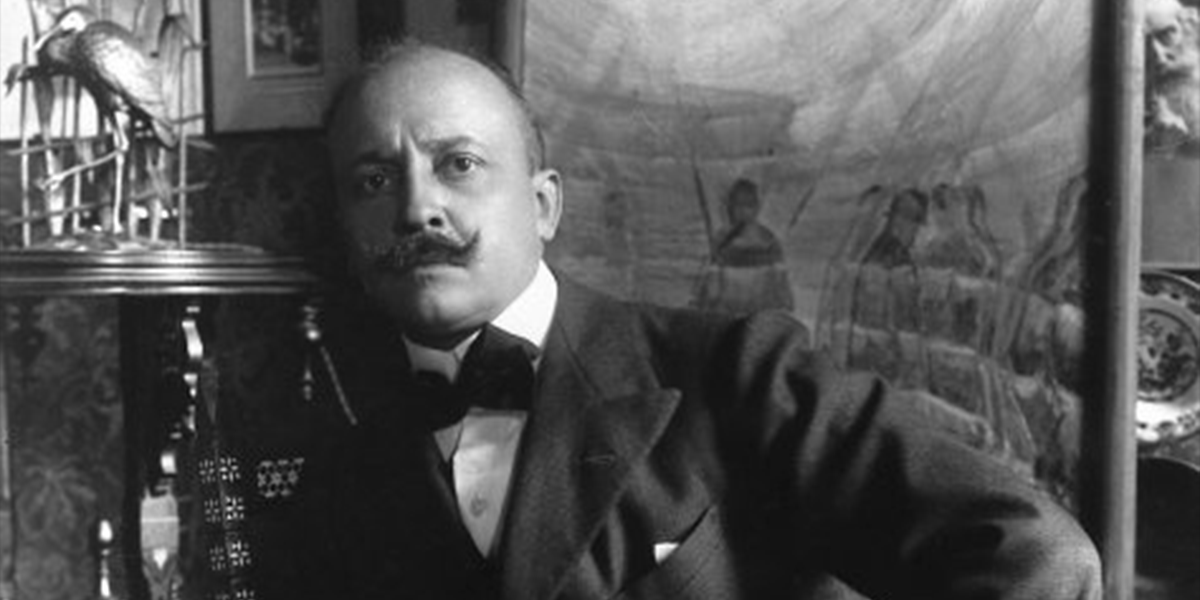
Filippo Tommaso Marinetti
Filippo Tommaso Marinetti was an artist, poet, and founder of Futurism, a movement the character sings about in the Lempicka song "Perfection." In the musical, Marinetti is the title character's art teacher-turned-antagonist. Like in real life, he reveals pro-fascist beliefs.
Historical fact: "Lempicka was with Marinetti the night he said he wanted to burn down the Louvre." - George Abud (Marinetti)

Suzy Solidor
Like Lempicka, Suzy Solidor was a woman who did a lot of things it wasn't yet societally common for women to do. She owned a popular nightclub called La Vie Parisienne, was openly lesbian, and was even an ambulance driver in World War I. Not many women were driving cars back then, much less ambulances.
Historical fact: "She wanted to become the most painted woman in the world, so she sat for portraits by over 100 artists, including Tamara. When she had this club, she would have all the paintings up on stage behind her. The ones she didn't like so much were back by the bathroom." - Natalie Joy Johnson (Suzy Solidor)
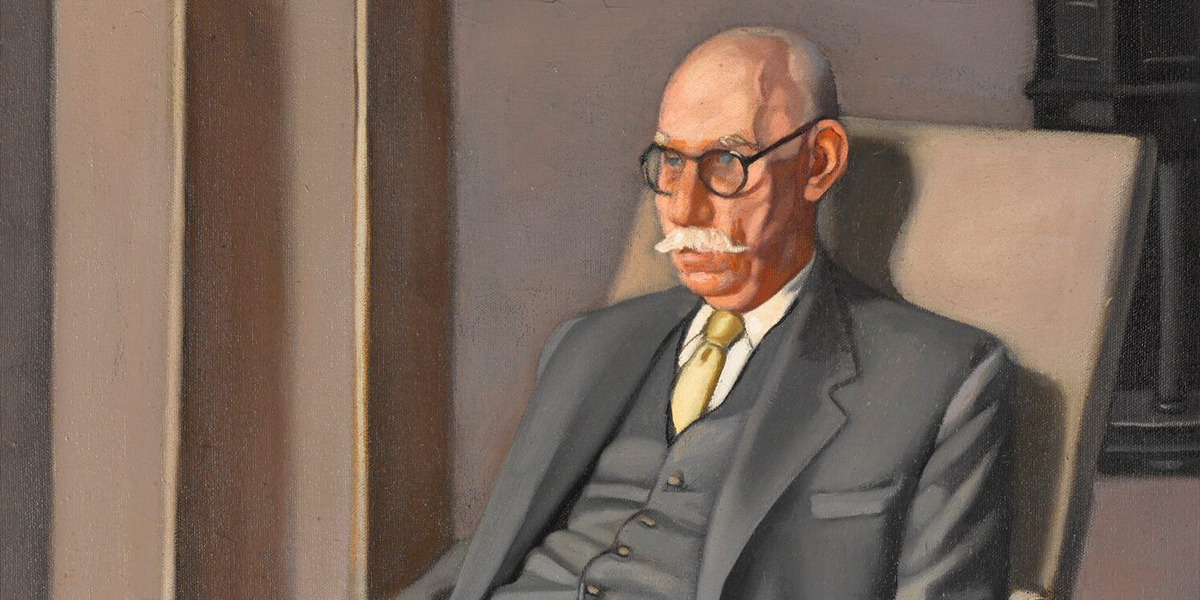
The Baron and Baroness
In the Lempicka musical, the Baron and Baroness are the people who discover Lempicka's art and propel her into Parisian society. In real life, Lempicka did meet a baron named Raoul Kuffner when he commissioned her to paint portraits of him and his mistress. Following his first wife's death from leukemia and Lempicka's 1928 divorce from Tadeusz, they married.
Little is known about the Baroness, named Cara Haebler in real life. But Lempicka's marriage to Kuffner earned her the honorific — and the nickname "The Baroness with a Brush."
Historical fact: "There is no portrait of the Baroness, and the one that partly inspired the Baroness's song [in the musical] is a portrait of Madame Boucard: the tilt of the head, the distant sadness in the eyes, the dignity, the self possessed-woman."

Tamara de Lempicka's paintings
At the beginning of Lempicka's career in the late '10s and early '20s, she signed her paintings "Łempitzki," the male version of her last name. It wasn't until 1925 that she signed a piece with the female "Lempitzka" for the first time. As noted in an article in ArtNet, "These were hardly Lempicka’s efforts to conceal her gender or self, but more so, reveal how she was comfortable in fluidity."
That statement applies to her name, her sexuality, her world travels, and of course, her art. Although Lempicka is best known for her Art Deco portraits, she painted approximately 100 works across various art styles in her career. Numerous projections of Lempicka's paintings are incorporated into the design of Lempicka on Broadway.
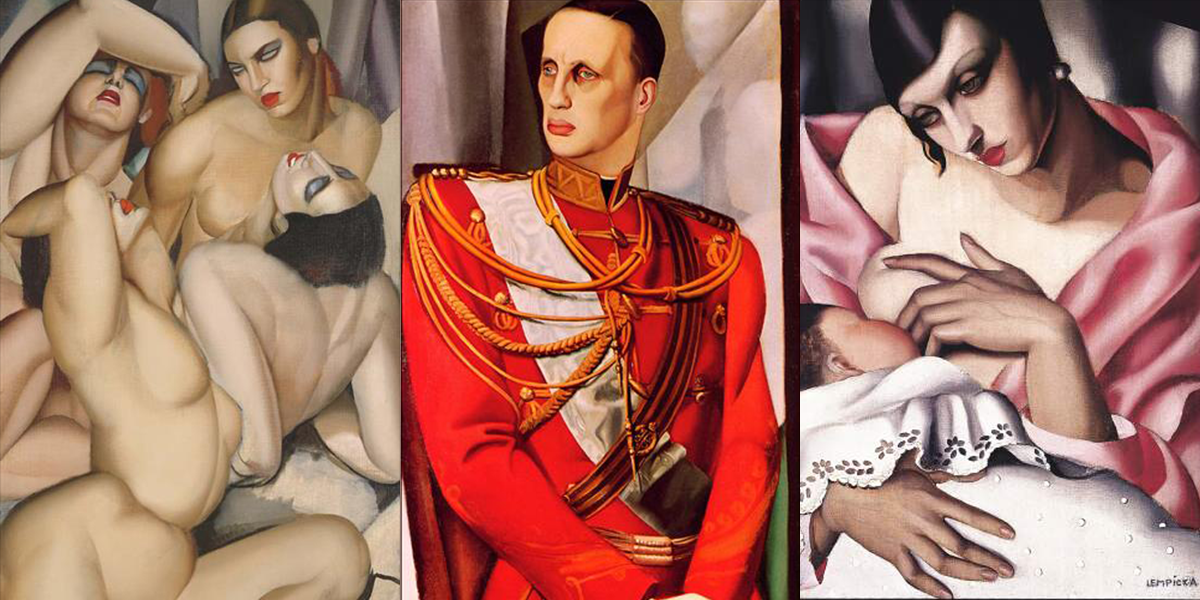
Lempicka portraits
At the height of her career in Paris, Lempicka was constantly in demand as a portraitist, receiving dozens of commissions to paint basically everyone who was anyone in French high society. Examples include:
- Dr. Boucard and Madame Boucard: Dr. Boucard, a medical scientist, offered Lempicka a two-year commission to paint him and his family. Portraits of him, wearing a billowing white coat and holding a test tube, and his wife, draped in a lavish orange coat, remain well-known.
- Romana de La Salle: After a lucrative divorce from her husband, the Duke de la Salle de Rochemaure, the Duchess had a lot of money to burn on things like art commissions. Her portrait sports striking red hair and a flowy, cotton candy-pink dress.
- Nana de Herrera: The Spanish dancer Nana de Herrera was the mistress of Raoul Kuffner, who would later become Lempicka's second husband. In her portrait, de Herrera looks as though she is mid-motion, a mischievous and seductive look in her eye.
Lempicka also painted the most famous surviving portraits of her husbands, Kizette, Suzy Solidor, and Rafaela. But her best-known work is of herself: Autoportrait (Tamara in a Green Bugatti), painted for the cover of Die Dame, a German fashion magazine. Her actual car was a much less fashionable yellow Renault, but this portrait would immortalize her legacy as chic and sleek. As Kreitzer said, "She was an inventor of her own image."
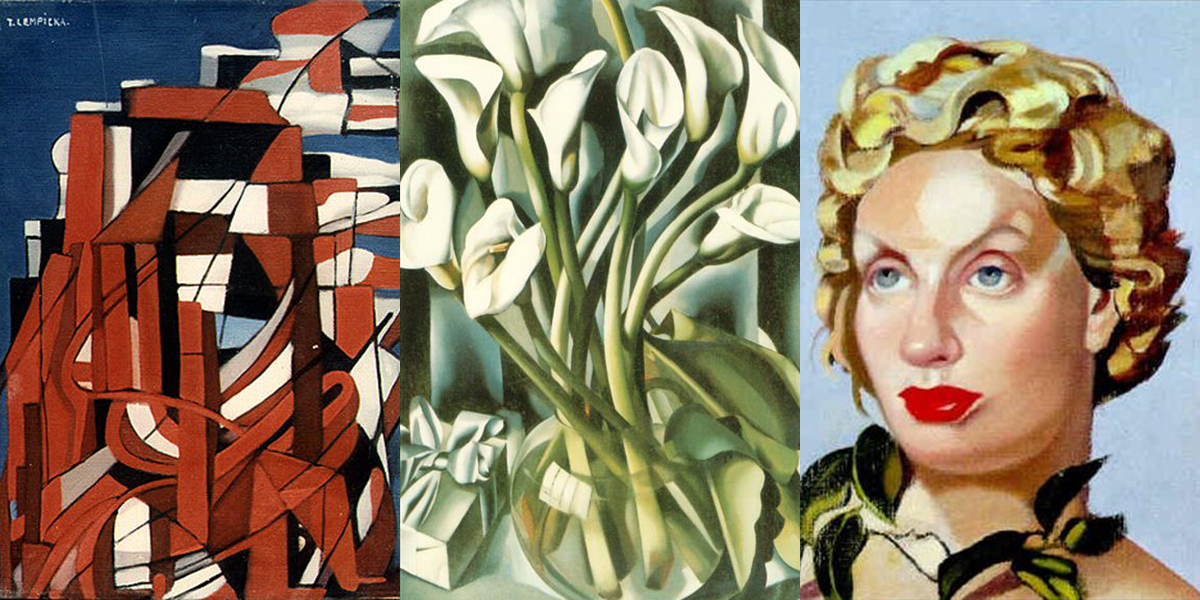
Other Lempicka artwork
Later in Lempicka's life, after World War II ended and she had moved from Paris to New York, she dabbled in abstract paintings, still lifes, and paintings with palette knives instead of brushes. She also repainted some of her older works in these new styles.
However, they did not receive as much success as her previous work, leading to her retirement in 1963 to Houston, Texas (where Kizette had moved with her family), and then Cuernavaca, Mexico, where she died in 1980.
Aside from a minor Art Deco renaissance in the 1960s, Lempicka largely fell through the cultural cracks in these years. But not entirely. For one, a friend of Kreitzer's told the playwright to check out Lempicka's work over a decade ago. When Kreitzer found a catalog of her paintings in a used book shop, she realized she was already a fan, too.
"I recognized so many of the paintings and was shocked I hadn't put them all together in my mind as the work of one person," Kreitzer said. "I had seen them on dorm room posters and in jewelry advertisements."
Similarly, my colleague only realized her longtime phone background was Lempicka's Autoportrait when the painting graced the front of the Longacre Theatre for the musical. Lempicka has quietly been in the culture all this time — and now, she's roaring back to colorful life on stage.
Broadway image credit: Eden Espinosa in Lempicka on Broadway. (Photos by Matthew Murphy and Evan Zimmerman)
Originally published on
